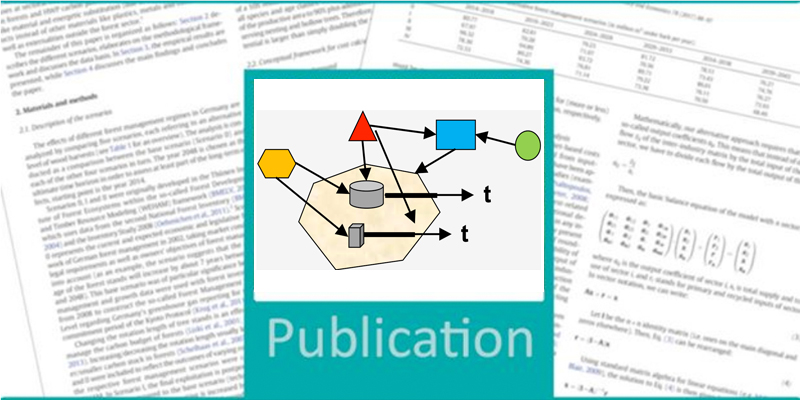Many ABM studies have focused at the micro-scale of villages, rural landscapes, towns or cities. When considering a geographical, spatially-explicit domain, current ABM architecture is generally not easily transferable to a larger regional or global context, nor does it acknowledge SESs interactions across scales sufficiently.
There is a need for ABM to cross the gap between micro-scale actors and larger-scale environmental, infrastructural and political systems in a way that allows realistic spatial and temporal phenomena to emerge; this is vital for agent-based models to be useful for policy analysis in an era when global crises can be triggered by small numbers of micro-scale actors. This thought-piece suggests conceptual avenues for implementing ABM to simulate SESs across scales, and for using big data from social surveys, remote sensing or other sources for this purpose.
- Lippe M. et al. (2019) Using agent-based modelling to simulate social-ecological systems across scale. GeoInformatica 23:269-298; DOI.10.1007/s10707-018-00337-8








